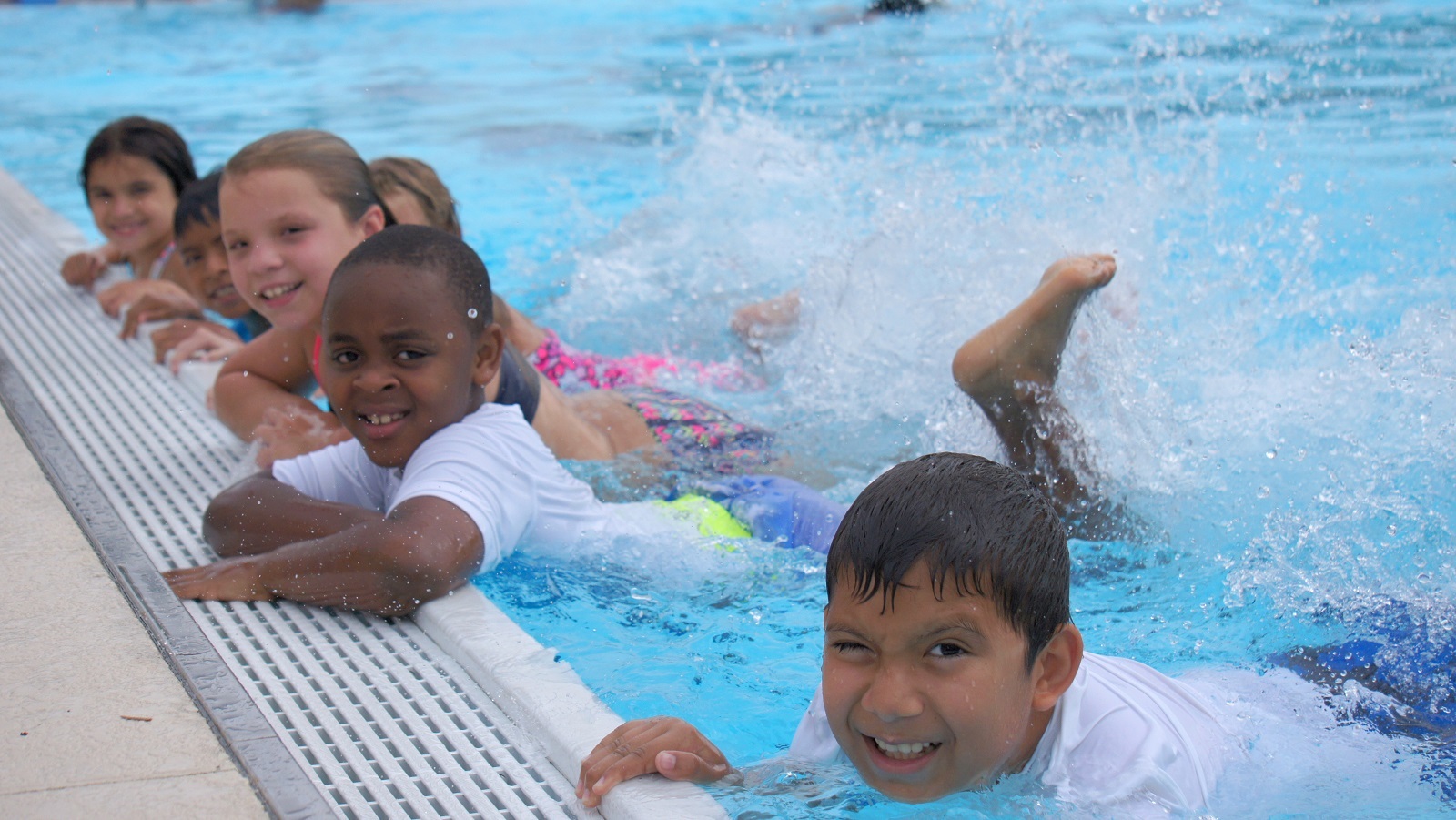Houston has more drownings than any other area in Texas so far this year, the leading accidental cause of death for children under the age of five.
As summer approaches, the Greater Houston Chapter of the American Red Cross, Regional Communications Director Jackie Drake revealed water safety measures the general public should follow.
“Even if you don't know how to swim, everyone around you can do things to make sure we have water safety going on,” Drake said.
According to Drake, the most important precautions the public must consider while going swimming includes wearing life jackets and other flotation devices, training children to notify their guardian before entering a body of water, and most importantly, the ability for everyone involved to stay alert, and do head counts to ensure that all participants are in safe zones.
“When you’re in crowded beaches, crowded pools, areas where there’s lots of people, you lose children. And people start looking everywhere but in the water," Texas Department of Family and Protective Services lead child safety specialist, Charlene Bustamante, said.
Alertness on behalf of all swimming participants is practiced by learning signs of drowning, which not only include the common splashing scene, but can also happen in a subtle form, with the person in danger submerging underwater quietly.
“If you're a water watcher you are one of the people who are responsible for making sure that you are doing a headcount and you know where everyone is,” Drake said.
According to KHOU11, while swimming pools are the most common place for drownings, they could happen in any body of water, including hot/bath tubs, water parks and even buckets.
“Anything can happen in a beach or even in a pool. Kids hit their heads and they go under, and you don’t know that they’re no longer around," Bustamante, who advises parents to enroll their children in swimming lessons as soon as possible to lessen the figures, said.
Drake noted the importance of keeping water-filled buckets away from small children’s reach as small children are vulnerable to tilting their bodies inside a bucket, causing their head to be stuck underwater. She advised the public to maintain barriers around pools and other small bodies of water to keep children and others who haven’t developed fundamental water safety swimming skills from falling in the water.
The possibilities of survival for a drowning individual will increase one they are noticed, rescued and CPR is performed. An AED may be used if necessary or in close vicinity to the person who suffered the accident.
According to Bustamante, 20 children have drowned this year across the state, representing the highest figure in recent years. Seven of them resided in the Houston area, ranging from one to eight years old. Trauma doctors with Orlando Health Arnold Palmer Hospital for Children have reported a 600% increase in child drownings.
Though the organization does not yet have an exact projection on how much pool activity will rise following the country’s widespread vaccine ability, Drake expects them to rise on a community-by-community basis, according to their vaccination rates. With only a few days remaining in her current role until her June 10 departure, the director also revealed that the institution is currently seeking a professional to replace her as regional communications director, and has an additional position open for a communications manager.

